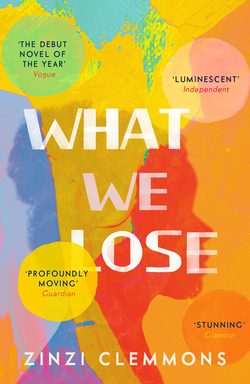Читать книгу What We Lose - Zinzi Clemmons - Страница 15
ОглавлениеKevin Carter was the first professional photographer to document a brutal necklacing execution, in which a victim has a gasoline-soaked rubber tire placed around their neck, and the tire is lit on fire. His photo of a Sudanese child emaciated from famine, struggling to walk while a vulture gazes at her from the background, came to symbolize the desperation on the African continent in the 1990s. Carter, a white South African born to liberal parents, was drawn to the racial conflict going on in the black townships of Johannesburg. According to his friends, he empathized deeply with the plight of blacks under apartheid and experienced tremendous guilt for being a white South African. This guilt, combined with his constant exposure to the atrocities that were part of his job, were reportedly major factors that led him to abuse drugs.
In April 1994, Carter found out that his photograph of the Sudanese child had won the Pulitzer. A few days later, his best friend, photographer Ken Oosterbroek, was killed in the Thokoza township while documenting a violent conflict. Carter had left that scene earlier in the day, and after his friend’s death, he agonized that he “should have taken the bullet” for him. The Pulitzer-winning photograph drew criticism from those who thought Carter should have done more to save the child, as well as from fellow journalists who found him inexperienced and undeserving of the honor.
In July of 1994, three months after his win, he committed suicide by running a plastic hose from his exhaust pipe to the passenger-side window of his truck. In his suicide note, he wrote:
“depressed … without phone … money for rent … money for child support … money for debts … money!!! … I am haunted by the vivid memories of killings & corpses & anger & pain … of starving or wounded children, of trigger-happy madmen, often police, of killer executioners … I have gone to join Ken if I am that lucky.”
